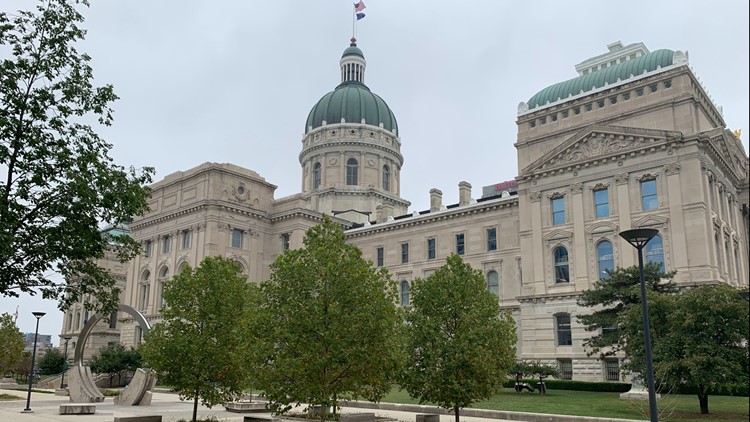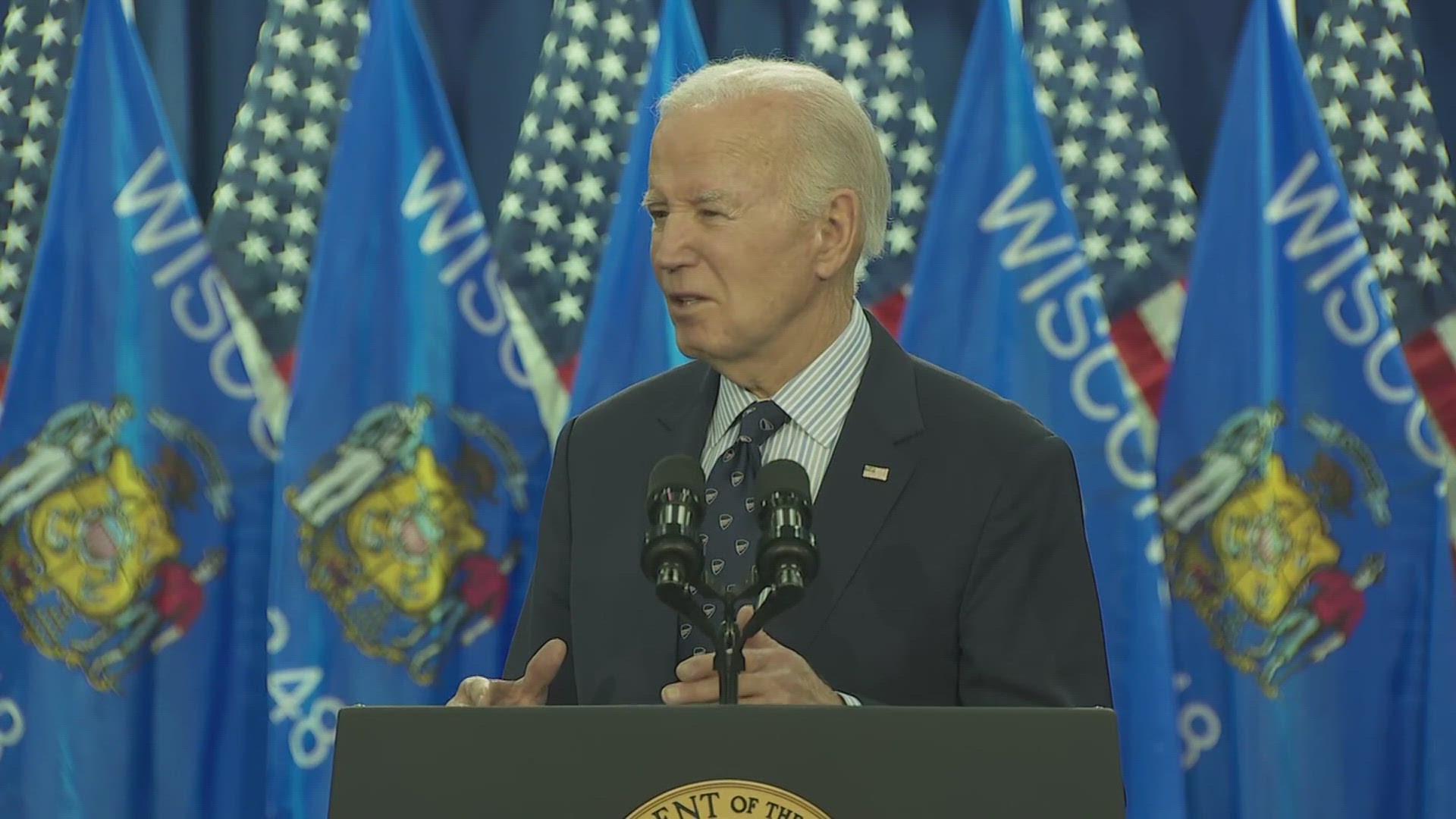INDIANAPOLIS — Hundreds of Hoosiers showed up at nine hearings scheduled by General Assembly Republican majorities this past week on the once-in-a-decade topic of redistricting.
The final hearing was in the packed House Chambers on Wednesday, a day before the U.S. Census Bureau released the critical data needed to forge the maps creating 150 General Assembly and nine congressional districts. Many Democrats were skeptical of these pre-data hearings, suggesting that they were little more than dog and pony shows, with the real maps forged by high-paid political consultants in backrooms out of view from the public.
State Rep. Matt Pierce, D-Bloomington, cited the public hearings as an “elusion of transparency,” adding, “We need to know who’s going to be assisting the Republican map-drawing, who’s actually going to be sitting at the computer drawing these maps, what political and demographic data will be used?”
The Indiana Citizen advocacy group sought to learn which consultants helped draw the 2011 maps, to no avail.
House Republicans will not hire any outside consultants to draw maps or provide data, said Erin Wittern, spokesperson for the House Republican caucus. The IndyStar reported that neither the House nor the Senate Republican caucus has signed any agreements with any consultants to help draw the legislative maps or provide data.
In past redistricting sequences, it has been the state parties that have hired the political and digital consultants that drew the maps to the advantage of whoever controlled the House and the governor’s office. The parties are not subject to Open Door laws that legislators are. To believe that a majority political party will voluntarily give up this advantage is like expecting fish to live in trees and dogs to stop chasing cats.
House Elections Committee Chairman Timothy Wesco said that the process will begin in the House with HB 1581 and 1582 as the vehicle bills. “We plan to reconvene in September,” Wesco said. “We will have hearings in both the House and Senate. There will be public input on the maps. Members of the public can draw and submit their own maps.”
Wesco said all remaining hearings will occur at the Statehouse, telling the Associated Press that further delays in approving new districts could cause problems for county officials preparing for next year’s elections as well as dozens of potential candidates who don't know where the district lines are.
“We have to be very careful about delaying this any longer than it has already been delayed,” Wesco said of the late Census data that normally would have been available late last winter. “To delay this any longer than it has already been delayed would create significant ripple effects, significant problems for the upcoming elections.”
Wesco said a map-drawing tool should be running in a few weeks after today’s release of census data at iga.in.gov/redistricting.
Republican State Sen. John Crane added, “If there’s a silver lining in this, had the normal course of events occurred, the redistricting would have been in the mix with other issues. Now this will be the sole focus.”
This process comes after a decade under the 2011 maps that resulted in the most uncompetitive era in congressional and General Assembly history.
While the 2011 maps were compact and not considered “gerrymandered” because of their shapes, the comparison starkly revealed the devil in the details. Not a single congressional incumbent lost in the five election cycles, and only one CD changed parties, when in 2012, Rep. Joe Donnelly decided to seek the Senate seat held by U.S. Sen. Richard Lugar, and Republican Jackie Walorski won the 2nd CD.
In contrast, of the three U.S. Senate races run statewide between 2012 and 2018, two resulted in changed parties: Sen. Lugar’s seat won by Donnelly in 2012, and then Mike Braun’s defeat of Sen. Donnelly in 2018. In 2016, Republican Rep. Todd Young held Dan Coats’s Senate seat against Democrat Evan Bayh. At the gubernatorial level, Republican Mike Pence defeated John Gregg 49.5% to 46.6% in 2012, Republican Eric Holcomb defeated Gregg 51.4% to 45.4%. Holcomb’s reelection in 2020 was a blowout against uncompetitive Democrat Woody Myers.
In the Indiana House, the days of endangered majorities came to an abrupt end. The Republicans went from a 60-seat majority in 2010, to 69 seats in 2012, 71 seats in 2014, 70 seats in 2016, 67 seats in 2018, and 71 seats in 2020. It is the longest run of super majority party rule in Indiana history.
The 2001 maps drawn by House Democrats and signed into law by Gov. Frank O’Bannon created one of the most competitive decades in state history, though several congressional districts appeared to be classically gerrymandered. While the Indiana Senate stayed monolithically Republican, the Indiana House changed majority hands three times – from Democrat to Republican in 2004 with the election of Gov. Mitch Daniels, back to the Democrats in 2006 mid-term, and then to the GOP in 2010 in the Tea Party mid-term. In congressional districts, five incumbents were defeated under the 2001 maps.
Indiana Republican Chairman Kyle Hupfer told me earlier this year that the GOP dominance at the General Assembly and congressional levels overlays the party’s strength at local levels where Republicans hold a record 71 mayoral seats, over 90% of county commissioner seats and more than 80% of all county elected offices.
Hoosier Democrats are basically powerless in the shaping of the new maps forged by super majority Republicans unless, somehow, some way, they can create compelling public opinion that changes old Statehouse habits.
The columnist is publisher of Howey Politics Indiana at www.howeypolitics.com. Find Howey on Facebook and Twitter @hwypol.



